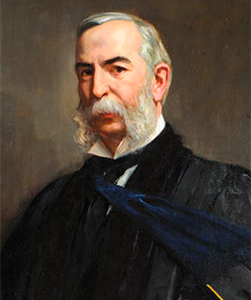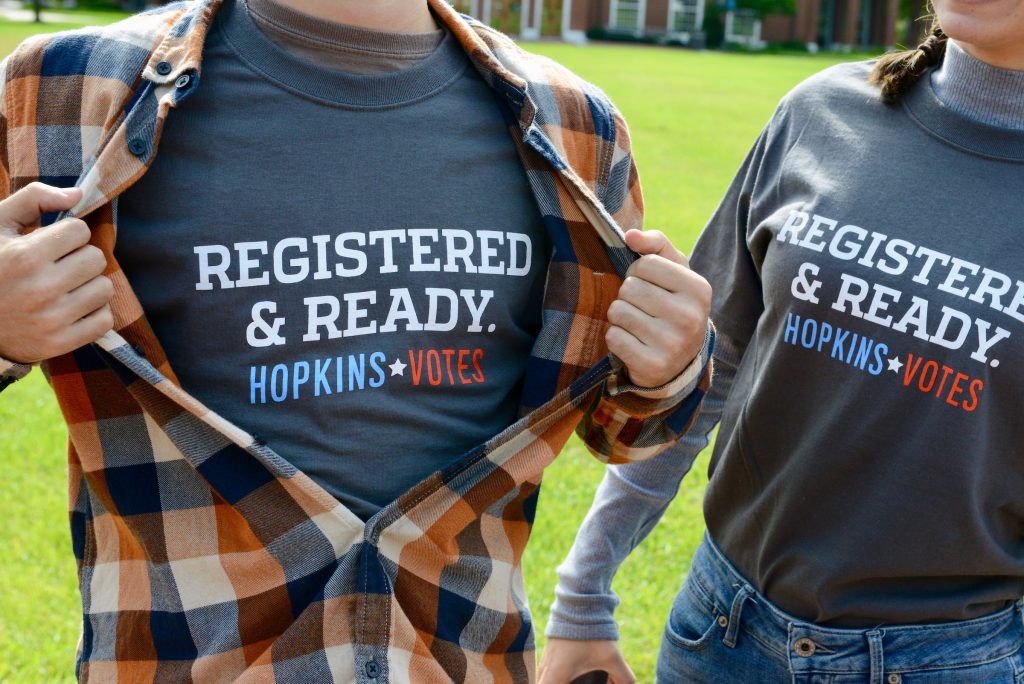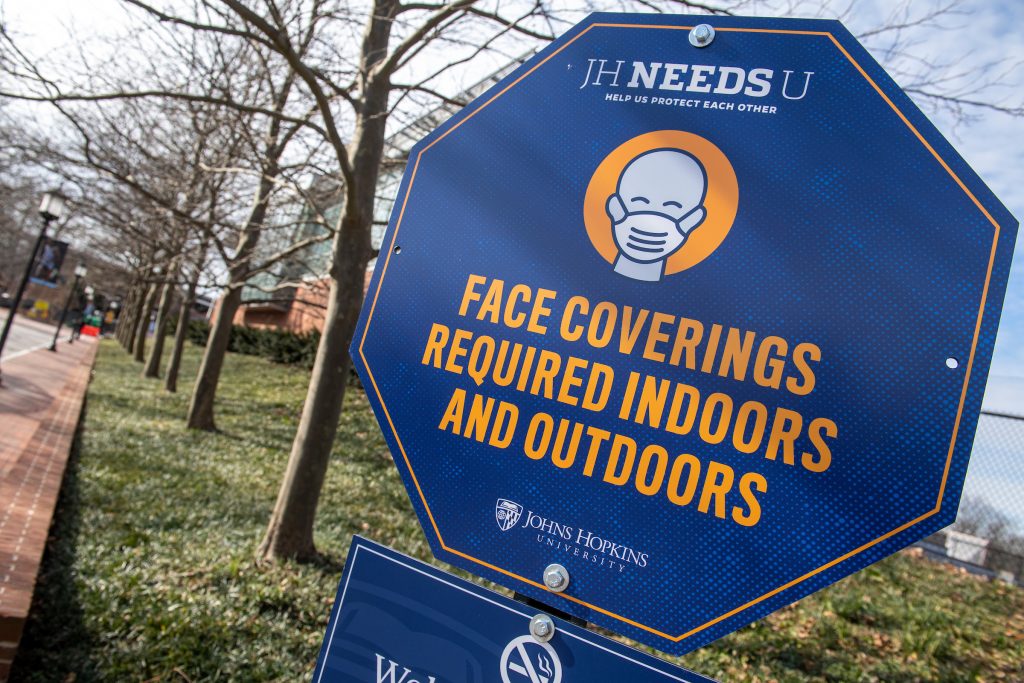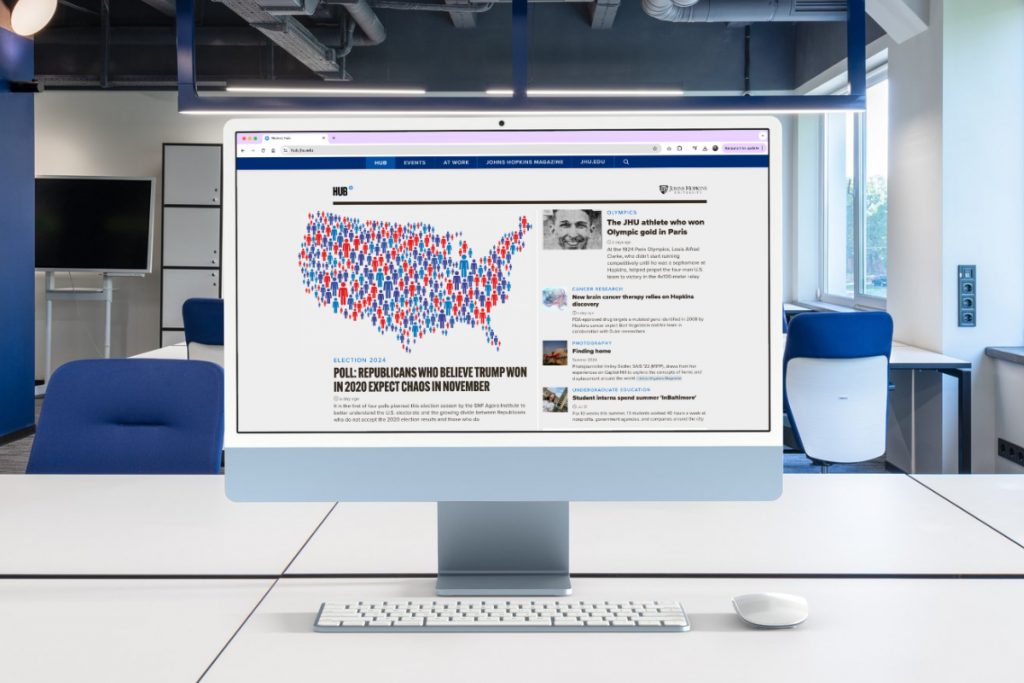Voice & Tone
Our voice characteristics are inspired by the qualities Gilman articulated in his inaugural address and that we continue to instill in our scholars today.
Effective copywriting supports an underlying goal and aims to elicit a perception or response from a particular audience. When crafting copy, it is therefore essential to first align on your marketing goals and primary audience. Our shared voice and tone attributes should also be considered.
DANIEL COIT GILMAN, Johns Hopkins University Inaugural President“Our simple aim is to make scholars, strong, bright, useful, and true.”

Tone Words

Strong
Be declarative. We aren’t just looking to the future, but discovering it.
Write succinctly. Make your point and move on. Use short sentences. Don’t bury the lede. Don’t repeat words.
Be purposeful when you write and talk. We are thought-leaders, experts, and educators. We show this with bold statements grounded in deep knowledge and delivered with compassionate humility.

Bright
Be optimistic. Write with enthusiasm and talk about possibilities. Use language that supports exploration and shows the benefits of bringing discovery to the world.
Write in active voice, not passive voice, and use strong verbs (ex: “Advance your career with a degree from Johns Hopkins,” instead of “A degree from Johns Hopkins will advance your career.”)

Useful
Create and show curiosity when you write and talk. Ask intriguing questions, share expertise, and think big.
Use facts and relatable words, not jargon or obtuse names and acronyms.
Avoid broad statements where possible in favor of audience-specific messaging

True
Do not inflate your message or use hyperbole.
Always fact check and source statements where appropriate to do so.
Be consistent and follow editorial style guidelines. Our commitment to excellence is reflected in our messaging. Use the proper capitalization and grammar in all instances. It only takes one typo to raise doubt about brand credibility.